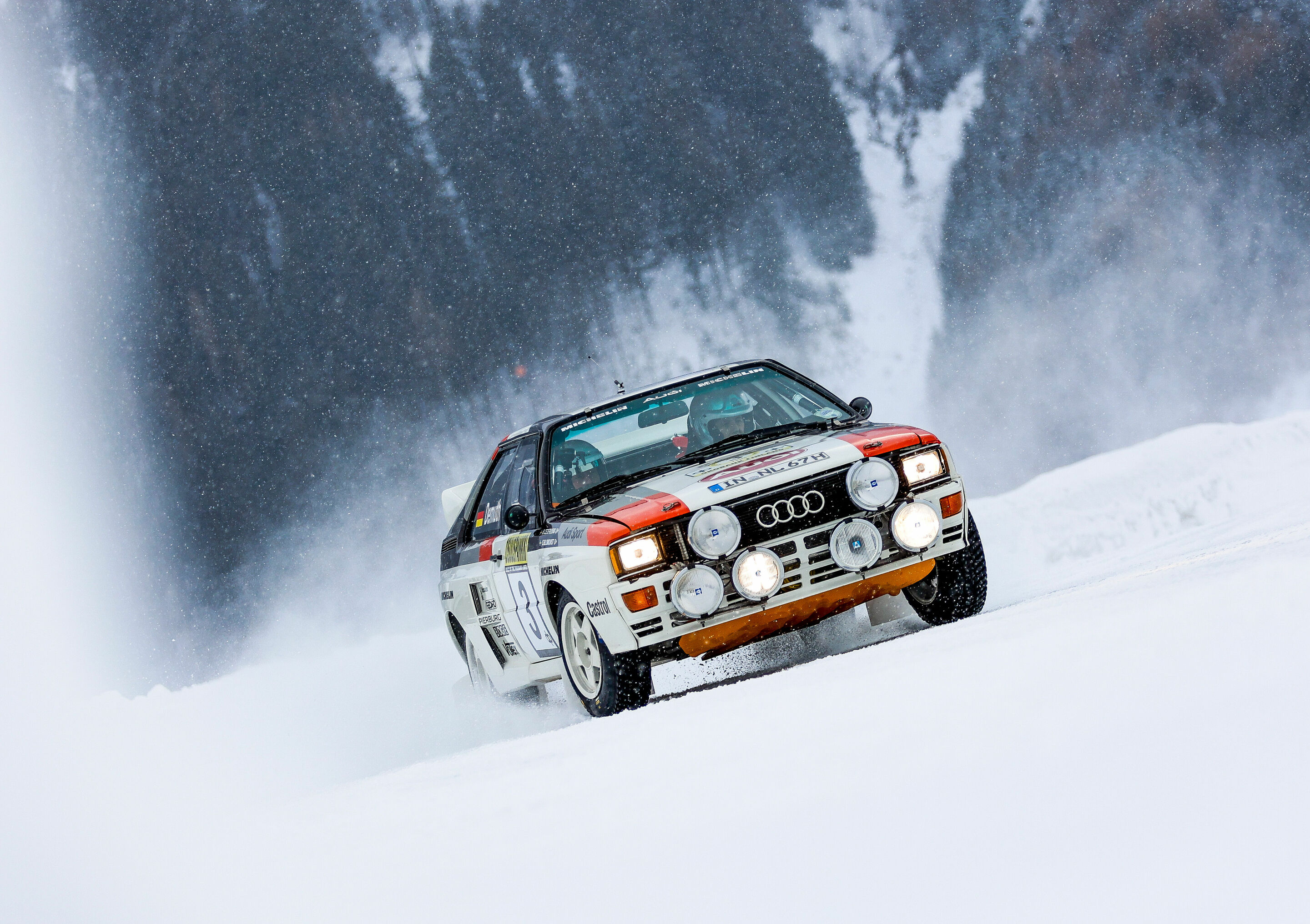Search
All results
(146)
MediaInfos
(31)
News
(1)
BasicInfos
(1)
Press kits
(1)
Biographies
(1)
Images
(100)
Publications
(4)
 Audi Tradition to commemorate numerous anniversaries in 2025
Audi Tradition to commemorate numerous anniversaries in 2025
Booklet features a selection of more than two dozen anniversaries The launch of the Audi A2 25 years ago; the first new Audi in post-war times 60 years ago; and Hans Stuck’s record-breaking exploits in the “world’s fastest road-going car” near Lucca 90 years ago
With the “Anniversary Dates 2025” booklet, Audi Tradition is showcasing the most important moments in the product and company history of Audi, which is as eventful as it is diverse. Audi historians have selected a total of 27 dates to commemorate in 2025.
Twenty-five years ago, the Audi A2 hit the market. With its aluminum body, it made a name for itself as a progressive compact car: light, aerodynamic, and economical. The Audi A2 polarized opinion with its design and unusual proportions; the concept was ahead of its time. However, sales remained below expectations, and Audi ended production after roughly five years and 176,377 units built. Since then, the A2 became a fan favorite and is now a sought-after collector’s item. Sixty years ago, the first post–World War II Audi rolled off the production line. With the “Auto Union Audi” vehicle, Auto Union GmbH revived the tradition-steeped Audi brand name in 1965. The new name was meant to show that this car represented a fresh start for Auto Union in terms of technology. The Audi was the first car from the brand with four rings to feature a four-cylinder four-stroke engine, and it marked the beginning of a new era in Ingolstadt. Twenty years later, on January 1, 1985, Audi NSU Auto Union AG was renamed AUDI AG, and since that time, the company and its products have shared the same short, memorable name. Ninety years ago, in February 1935, a spectacular attempt to break speed records took place in Italy. After test drives in October 1934 with the Grand Prix racing car on the AVUS in Berlin, the Auto Union racing department started developing the vehicle that would later be known as the “Lucca” car.
 Audi Tradition launches its 2025 event season
Audi Tradition launches its 2025 event season
There, Audi Tradition will commemorate the 25th anniversary of the launch of the Audi A2 and will show a polished aluminum version of the model to mark the occasion. Audi Tradition will also be on hand to answer questions at the Volkswagen Group’s joint stand in Hall 5 for visitors interested in the range of spare parts. On the same weekend, two-time German rally champion Harald Demuth will pilot a 1984 Audi Sport quattro Rallye at the FAT ICE RACE in Zell am See, Austria (February 1).A desert car on ice: Jutta Kleinschmidt, who in 2001 became the first and to date only woman to win the Dakar Rally, will drive the Audi RS Q e-tron, the car that won the 2024 Dakar, in Zell.Action on the ice continues three weeks later in St. Moritz at The I.C.E. concours d’elegance (February 21-22) where Tom Kristensen will present the Audi quattro Group S, built in 1986, on the frozen Lake St. Moritz. Development work began as early as 1985 on this special rally car, featuring a tubular space frame, plastic bodywork, and four-valve turbocharged engine with a mid-engine layout. It was intended for use in the Group S category of rallying planned from 1987 onwards, but it was ultimately not used. The Festival of Speed in Goodwood (July 10–13) attracts motorsport fans from around the world. Audi Tradition will be there to celebrate the first Audi victory at Le Mans 25 years ago – together with Le Mans legends Tom Kristensen and Rinaldo “Dindo” Capello. At the Goodwood Hillclimb, the Auto Union Type 52 driven by Hans-Joachim Stuck, will also be on the starting line along with the Le Mans race cars. Two weeks after Goodwood, Audi Tradition will take part in another festival: the Eifel Rallye Festival (July 24–26) in Daun. Audi Tradition will also be polishing up vehicles from its historical collection in preparation for classic car rallies, for example the Heidelberg Historic (July 4–5), the Donau Classic (July 18–19), and the Sachsen Classic (August 14–16).
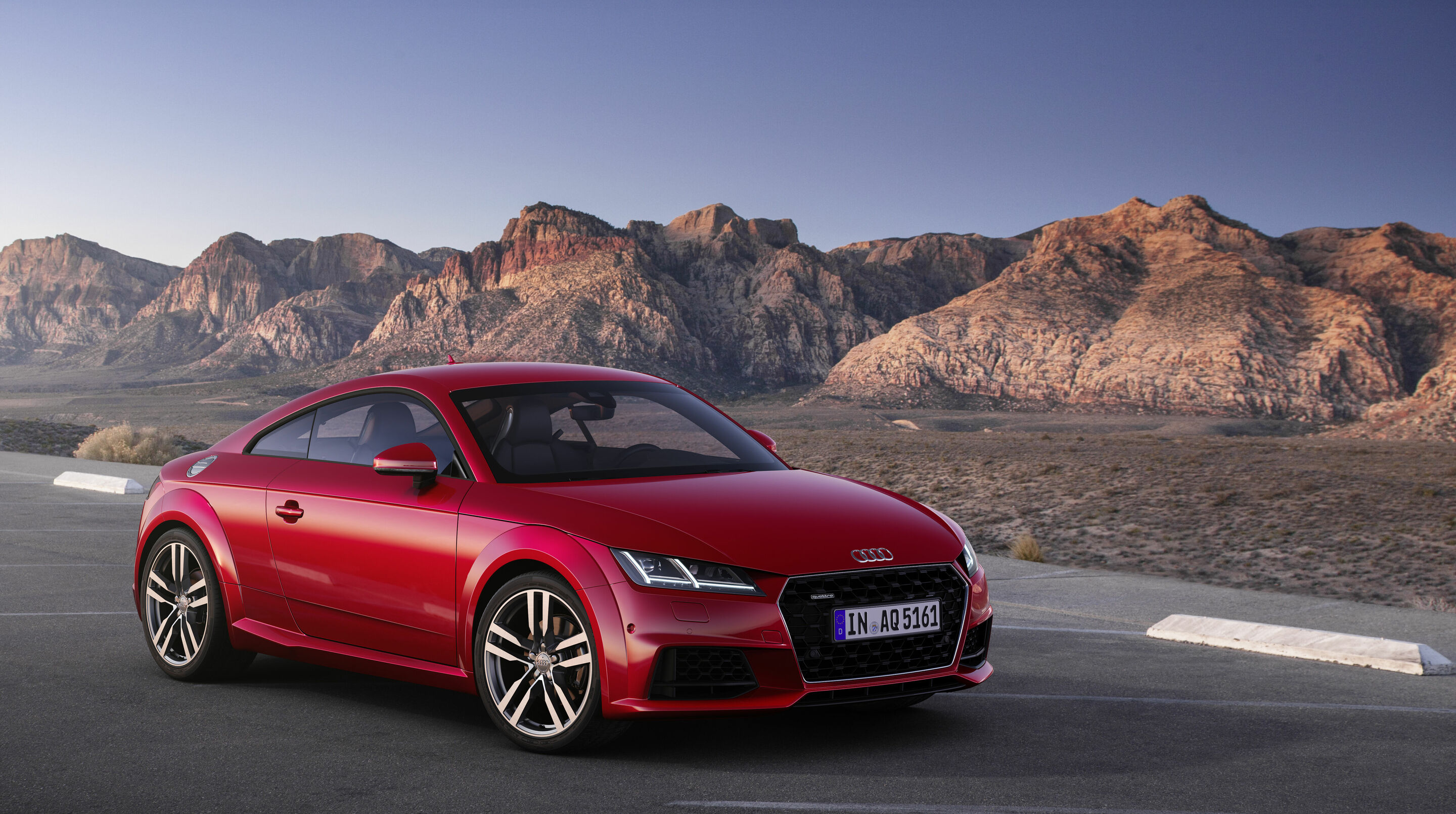
In 2008, the TTS sports model was launched with a 2-liter turbo engine and 272 PS, followed a year later by the TT RS with a 2.5-liter five-cylinder turbo engine with 340 PS and 360 PS in the Audi TT RS plus. In 2008, Audi launched the TT 2.0 TDI quattro – the world’s first production sports car with a diesel engine. Audi virtual cockpit and OLED debut in the third generation The third generation of the Audi TT was launched in 2014. For the new TT and TT RS, the designers reinterpreted the unmistakable lines of the original 1998 TT for the modern age. They enriched them with numerous dynamic facets, while the round fuel tank cap with typical TT lettering remained true across the generations. While many profile details also deliberately recalled the first-generation design classic, the third-generation TT offered several technical innovations. For example, this model marked the debut of the Audi virtual cockpit, a fully digital instrument panel with highly detailed displays that replaced analog instruments and the MMI monitor. In 2016, a new era for automotive lighting technology began in the Audi TT RS, when Audi used organic LEDs, known as OLED technology, for the first time. The car also used a 2.5-liter five-cylinder turbo engine, one of the most exciting engines the Audi brand has to offer. With its 400 PS, this engine boasted a sporty sound and, on top of that, was named “International Engine of the Year” nine times in a row. With the special Audi TT RS Coupé iconic edition model, which came in Nardo Gray and was limited to 100 units, Audi combined the design and technology highlights from a quarter of a century of the Audi TT to celebrate the car’s 25th anniversary in 2023. The final Audi TT is a TTS in Chronos Gray Cloaked in Chronos Gray, the final Audi TT, a TTS, leaves the plunge pool at the paint shop at the Audi plant in Győr.
 Audi Tradition - Anniversary Dates 2025
Audi Tradition - Anniversary Dates 2025
Anniversary Dates 2025 Audi Tradition 2 Anniversary Dates 2025 Contents Anniversaries in Our Corporate History May 2000 25 years Market Launch of the Audi allroad quattro ....5 June 2000 25 years Sales Launch of the Audi RS 4 B5 ...............6 June 2000 25 years Market Launch of the Audi A2 ..................... 7 December 2000 25 years Audi museum mobile Ingolstadt ................9 March 1990 35 years Presentation Audi duo .............................10 September 1990 35 years First Appearance Audi Coupé S2...............11 January 1985 40 years Renaming of Audi NSU Auto Union AG to AUDI AG ..........................................................12 Autum 1985 40 years Audi Introduces Fully Galvanized Bodies in Mass Production ...............................................13 February 1980 45 years Audi 200 5T – Audi’s First Turbocharged Petrol Engine .......................................................14 Oktober 1975 50 years Audi 80 GTE ...........................................15 End of 1975 50 years Start of Porsche 924 Production in Neckarsulm ......................................................16 Oktober 1970 55 years Market Launch of the Audi 100 Coupé S ....17 September 1965 60 years Reintroduction of the Audi Brand ..............18 1965 60 years NSU Prinz 1000 TT and NSU Typ 110 ........ 20 September 1955 70 years Large DKW 3=6 ....................................... 22 Audi Tradition 3 Anniversary Dates 2025 End of 1955 70 years DKW Plastic Bodies .................................. 23 August 1950 75 years First DKW Passenger Car After the War ..... 25 December 1945 80 years Establishment of the Central Depot for Auto Union Spare Parts in Ingolstadt ................ 26 February 1935 90 years Introduction of the Horch 850 Series ........ 27 February 1935 90 years Roadster Models of 1935......................... 28 Audi Tradition 4 Anniversary Dates 2025 Contents Motorsport 2000 25 years Audi’s First Victory at Le Mans .................. 30 1990 35
 After “Windschnittig” comes “Form vollendet”: A new special exhibition at the Audi museum mobile
After “Windschnittig” comes “Form vollendet”: A new special exhibition at the Audi museum mobile
The Audi A2 represents another milestone in aerodynamics. At its debut at the IAA in 1999, its design, geared towards optimum streamlining and unusual proportions at the time, polarized public opinion. The basic model with an aluminum Audi Space Frame body achieved a drag coefficient of 0.28. The Audi engineers continued to tighten the aerodynamic screw with many individual measures and, in this way, reduced the drag coefficient of the Audi A2 1.2 TDI even further. The Audi A2 1.2 TDI is the world's first four-door, three-liter car and will be part of the special exhibition "Form vollendet"; it has a drag coefficient of 0.25 and an average fuel consumption of 2.99 liters per 100 kilometers. Curator Stefan Felber reveals his favorite inclusion in the upcoming exhibition: “The DKW F9 has a special meaning for me – it is the link between the two exhibitions, Windschnittig and Form vollendet. What’s more, this streamlined and seemingly plain car represents the new beginning of Auto Union in West Germany and IFA in East Germany.”
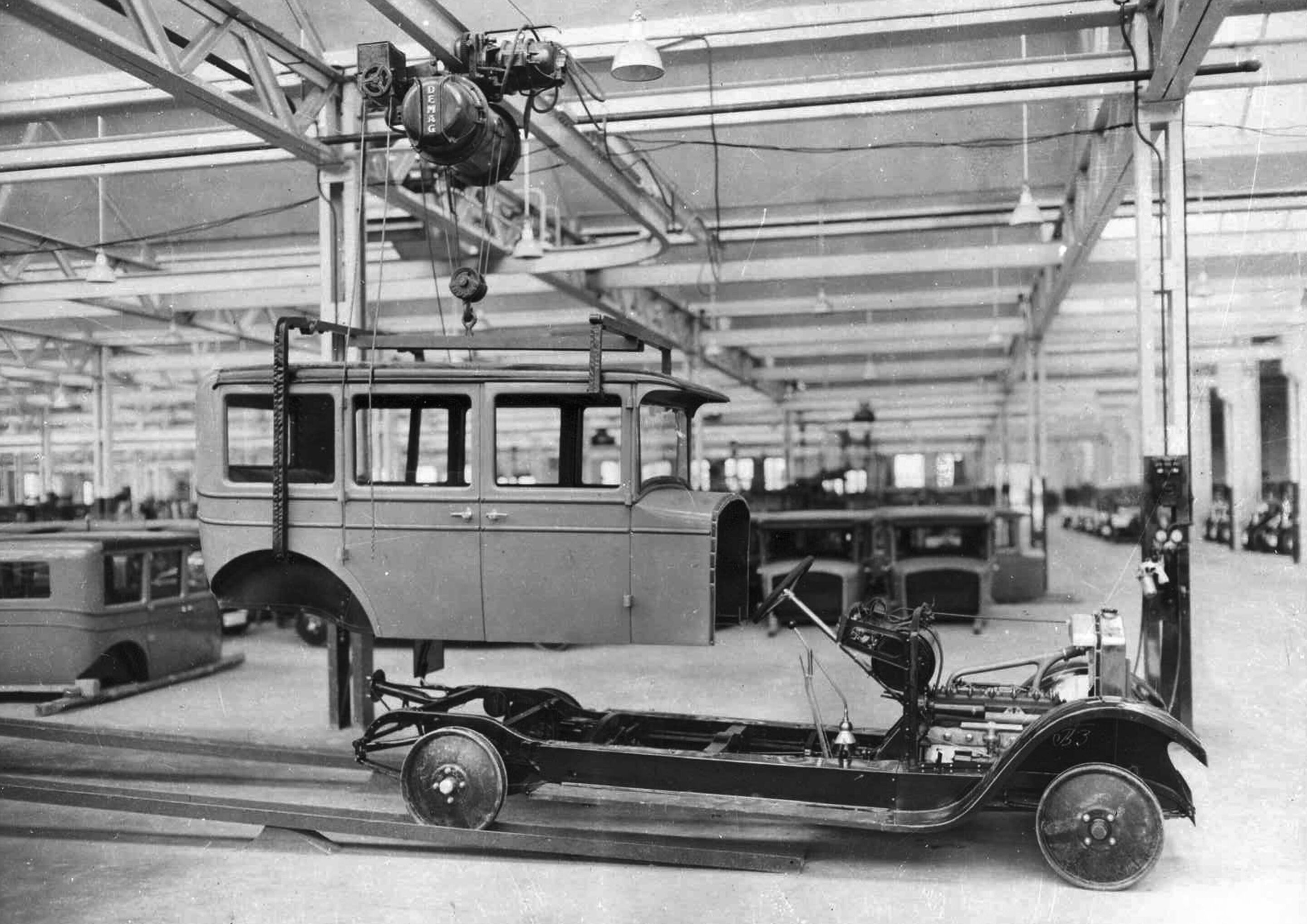 History of the location
History of the location
In the legendary “March on Heilbronn,” employees fight successfully to save the plant 1975 To better utilize production capacity, contract manufacturing of the Porsche 924 begins; the Porsche 944 follows shortly thereafter 1982 The Audi 100 achieves a world-record coefficient of drag (Cd) value of 0.30 1985 Introduction of the fully galvanized car body in the Audi 100 and Audi 200; company renamed AUDI AG and headquarters moved to Ingolstadt 1988 AUDI AG enters the full-size car class with the Audi V8 1989 Introduction of turbocharged diesel engine with direct fuel injection in a passenger vehicle 1990 First DTM victory for Audi with an Audi V8 quattro driven by Hans-Joachim Stuck 1994 Start of production of the Audi A8, the first series-produced vehicle in the world with a completely aluminum body (ASF – Audi Space Frame) 2000 Production of the Audi A2, the first aluminum, large-volume production car, begins 2001 Victory in Le Mans with the newly developed FSI direct fuel injection 2005 Audi Forum Neckarsulm opens 2006 German premiere of the Audi R8 sports car; first victory in the 24 Hours of Le Mans with a diesel engine developed in Neckarsulm 2007 Establishment of the production turntable between the Ingolstadt and Neckarsulm plants with the start of production of the Audi A4 Sedan 2008 Inauguration of the new Audi toolmaking shop 2011 Audi acquires a 23-hectare plot in the Böllinger Höfe industrial park in Heilbronn (further plots acquired in 2014 and 2018) 2012 Inauguration of the Technical Center for Fiber-Reinforced Polymers and the new Engine Test Center 2013 Audi Neckarsulm receives the J.D.
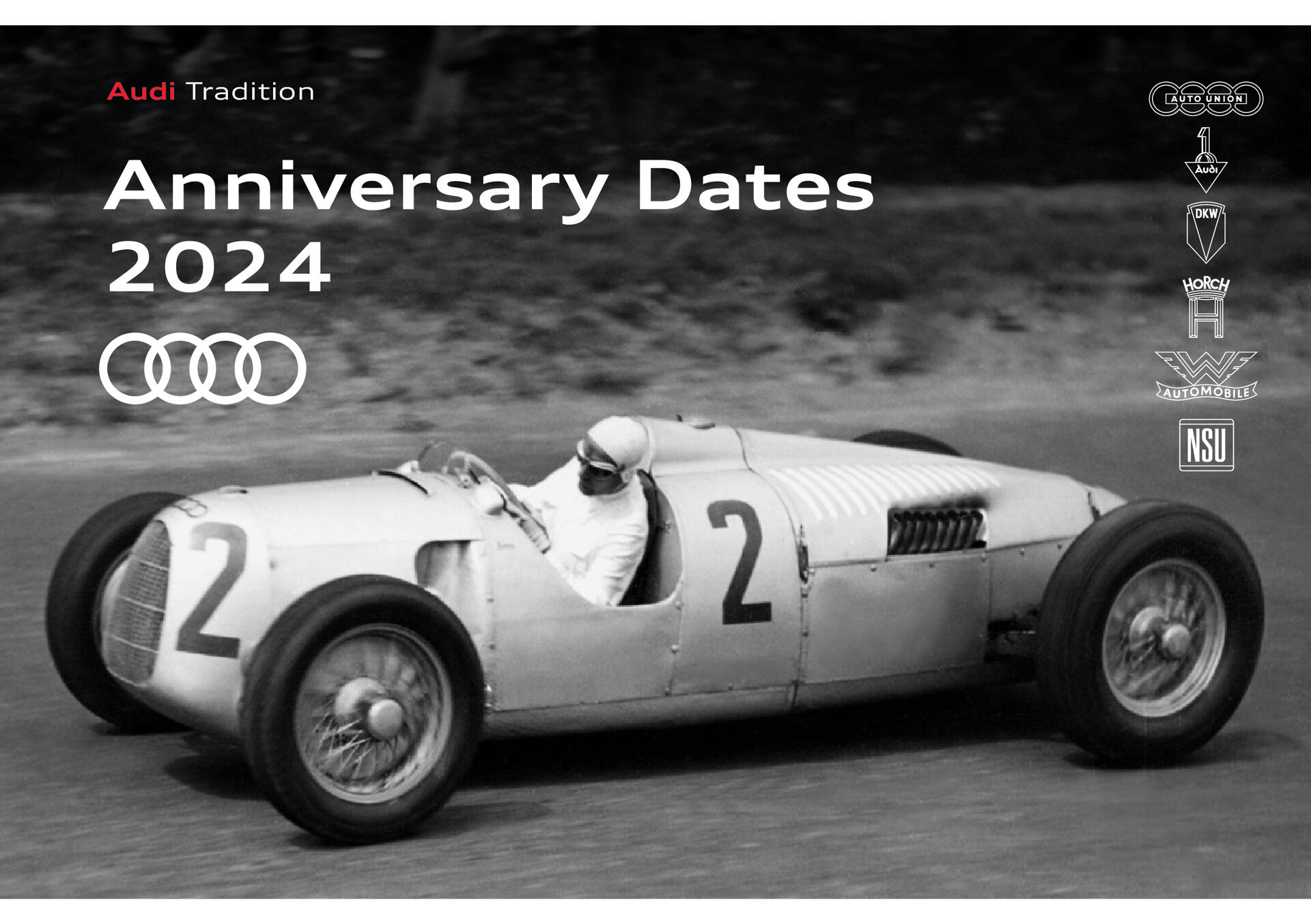 Audi Tradition - Anniversary Dates 2024
Audi Tradition - Anniversary Dates 2024
In contrast to the established Rally quattro A2, the Sport quattro with its four-valve engine delivering 400 hp initially displayed plenty of teething problems that were only overcome towards the end of the season. A total of 22 Sport quattro in the Rally version were made. Audi Tradition 33 Anniversary Dates 2024 Walter Röhrl joins Audi The first test drive of an Audi Rally quattro was performed by Walter Röhrl back in 1981 along with Audi’s sports director at the time, Walter Treser. Despite all the hype coming out of Ingolstadt, Röhrl was sceptical about whether this new development would be reliable enough. It was not until the end of 1983, not least at the behest of the then Audi CEO, Dr. Ferdinand Piëch, that he signed a two-year contract, primarily for test driving. Röhrl had to fundamentally change his driving style, which was attuned to rear-wheel-drive vehicles. According to the two-time world rally champion, the “penny dropped really quickly” and he demonstrated this in impressive style with his victory in the Monte Carlo Rally in January 1984. Years 40 Motorsport Audi Tradition 34 Anniversary Dates 2024 In the years that followed, Röhrl drove the Sport quattro, then its enhanced evolution model which ultimately featured a dual-clutch transmission and a good 530 hp, accelerating from 0 to 100 km/h in 2.6 seconds. After leaving Group B, in 1987 Audi entered the Audi 200 quattro, but it left the world of rallying the same year. Also in 1987, Röhrl drove a heavily modified Audi Sport quattro S1 E2 to the summit of Pikes Peak in the USA in a record-breaking time. 1988 saw Röhrl undertake tests and races with the Audi 200 in the Trans-American Championship. The following year, Röhrl, who came from Regensburg, drove the Audi 90 IMSA GTO so that in 1990 he could compete with Audi and the brandnew Audi V8 DTM in the German Touring Car Championship. His involvement with the Ingolstadt-based carmaker ended in 1992.
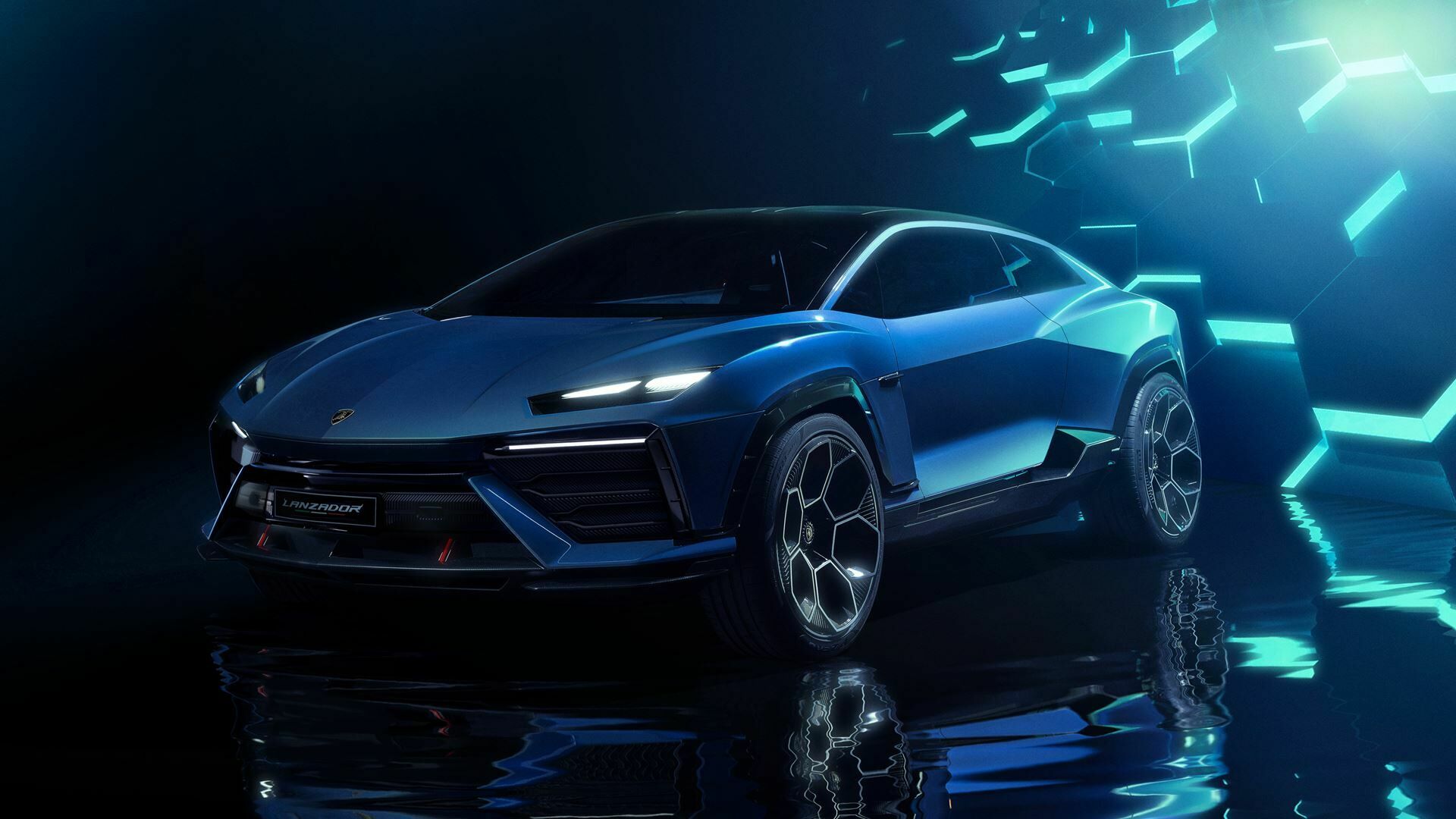 Lamborghini Lanzador concept: the visionary, rebel, Ultra GT
Lamborghini Lanzador concept: the visionary, rebel, Ultra GT
The interior layout strictly follows the ‘feel like a pilot’ design philosophy of Lamborghini, combined with the spaceship idea: it takes the idea of a 2+2 GT but moves that a step forward, creating a 2+2 lifestyle concept where the rear space of the cabin can also be used for carrying all sorts of sports equipment or luggage. A trunk is concealed under the short and steeply sloping front bonnet, while the large glass tailgate opens wide. Adjustable rear seats and a variable luggage compartment in the rear make the concept car adaptable to almost any everyday situation. The futuristic concept car’s detailing is sophisticated and reflecting its unique character: the slim headlights take inspiration from the Countach LPI 800-4, while the hexagonal-shaped taillights include the characterful light signature with three LED elements on each side. The typical stylistic elements such as the Y and the hexagon, which have characterized Lamborghini's design from the very beginning, can be found throughout the car including the rear lights and in the interior. “For me, the Lamborghini Lanzador is to date our most visionary and futuristic concept car, as well as delivering stunning looks and a new kind of beauty” says Mitja Borkert. “The proportions are new and unseen, with the potential to create an entirely new automotive segment. The Lanzador presents supers sports car volumes but with the pilot in a slightly higher position, echoing that of the Huracán Sterrato. It is designed for a new generation growing up in an era of high tech and digitalization, and demonstrates new and fresh ideas within Lamborghini in terms of our approach to authentically integrating sustainability, via an interior delivering more space and using innovative materials. The Lanzador is a brave and unexpected concept visualizing a potential future Lamborghini model, with an emotional design and Lamborghini-performance approach to creating a true Ultra GT,”emphasizes Borkert.



